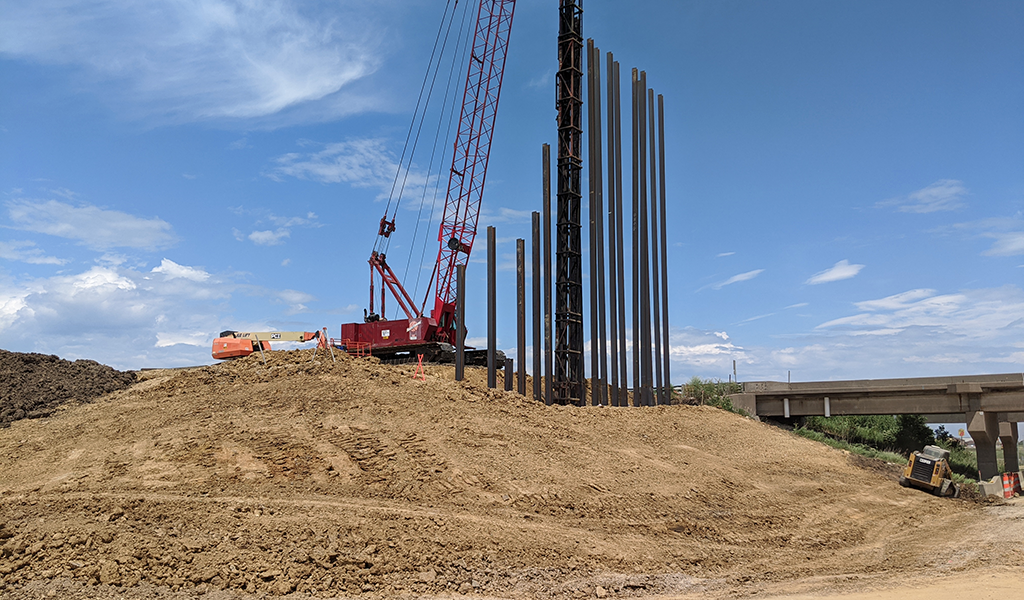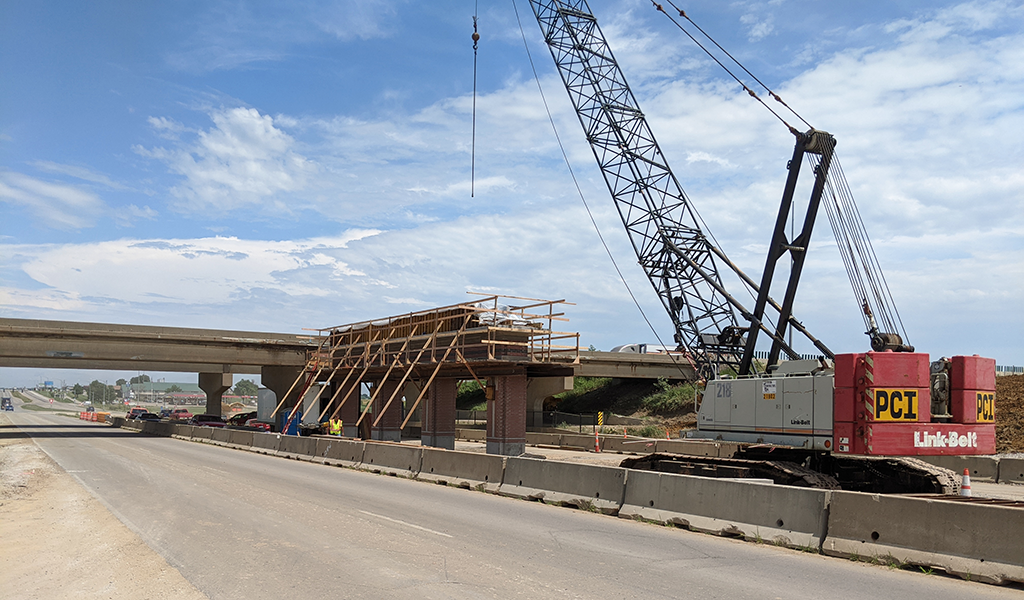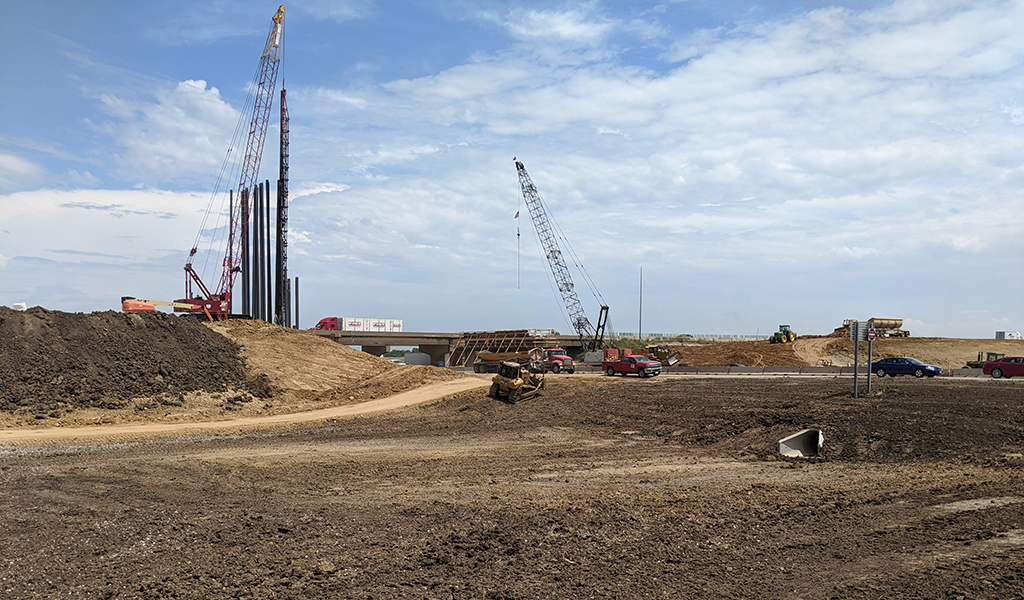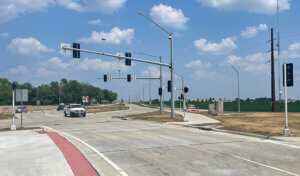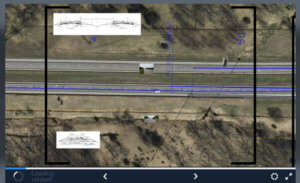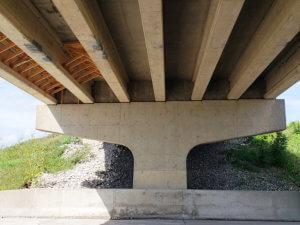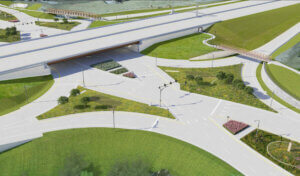
Expansive Project on Heavily-Traveled Interstate Benefits from Professional Design Services
As part of an on-call design contract, the Iowa Department of Transportation (DOT) tasked Snyder & Associates with planning and designing roadway reconstruction and widening efforts along Interstate 80, south of Grinnell. This project includes the replacement of two mainline I-80 bridges over Iowa Highway 146 and two bridges over a single track of the Union Pacific Railroad (UPRR), just east of the Iowa 146 interchange. Plans for all four bridges were created by Snyder & Associates subsidiary, Shuck-Britson.
The project will include extensive grading and paving work extending approximately one mile on both sides of the interchange, as well as the widening of the roadway approaches to facilitate the replacement of the bridge structures. Additionally, future interstate expansion plans from four lanes to six lanes needed to be taken into consideration. To account for this upgrade, the shoulders were designed to full-depth and full-width specifications to serve as the future lanes when the expansion occurs. The reconstruction of mainline existing shoulders (inside and outside), guardrail updates, culvert extensions, and various other drainage improvements are also included in the project plan.
Unique Challenges Lead to “Virtual” Solutions
Several other considerations had to be taken into account at the outset of this project. Foremost was the significant amount of traffic along the corridor which made performing a traditional field exam potentially dangerous. As many as 31,000 vehicles per day travel the project corridor and a significant portion of this traffic consist of large vehicles and semi-truck traffic.
To make this portion of the project as safe as possible, the innovative team members at Snyder & Associates conducted a preliminary “virtual field exam.” Before the field exam meeting, Snyder & Associates personnel visited the project corridor, taking detailed notes and photos of each area of concern. This information was then loaded into presentation software. This made it easy to hold the field exam meeting with all of the necessary stakeholders without the need for a large group visiting the actual site.
Unquestionably, the emergence of the COVID-19 global pandemic in the late stages of the design process created the most unique challenge for our team. Without missing a step, however, our designers seamlessly transitioned to virtual Project Management Team (PMT) meetings using Microsoft Teams. This format allowed the design to progress in a “normal” way while keeping the client informed of design changes and critical decisions using the platform’s video and screen sharing features.
Team Adapts to Meet Accelerated Timetable for Multi-Phased Project
While this expansive reconstruction effort had been on the docket for several years, the rapidly deteriorating structures precipitated the necessity to accelerate the replacement timeline. The discovery of several structural deficiencies, as well as localized bridge deck failures on the interchange bridges, required emergency repairs and highlighted the importance of moving up the schedule. The Snyder & Associates team was more than able to accommodate the quicker timetable. The diligent work by our designers shortened the preliminary design schedule by eight months and ultimately facilitated initial reconstruction efforts a full two years ahead of the original plan.
As this multi-year project progresses, Snyder & Associates engineers will provide ongoing construction support services. When completed, the new bridges and wider roadway will leave the DOT well-positioned to expand the interstate in the future as traffic conditions change. Snyder & Associates is proud that the Iowa DOT continues to seek out our professional engineering and design services for their most complex and challenging projects.
